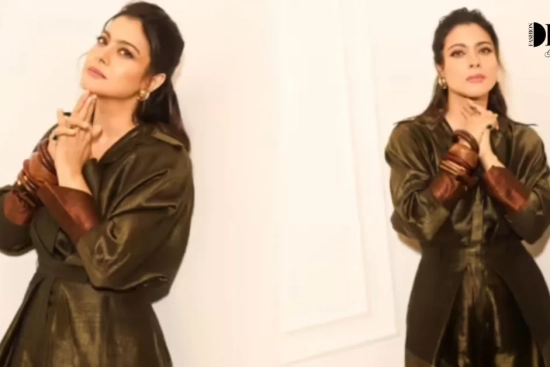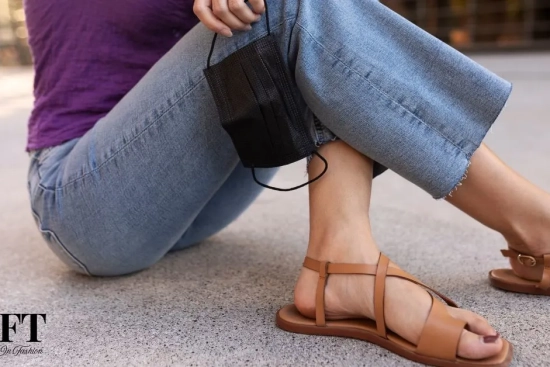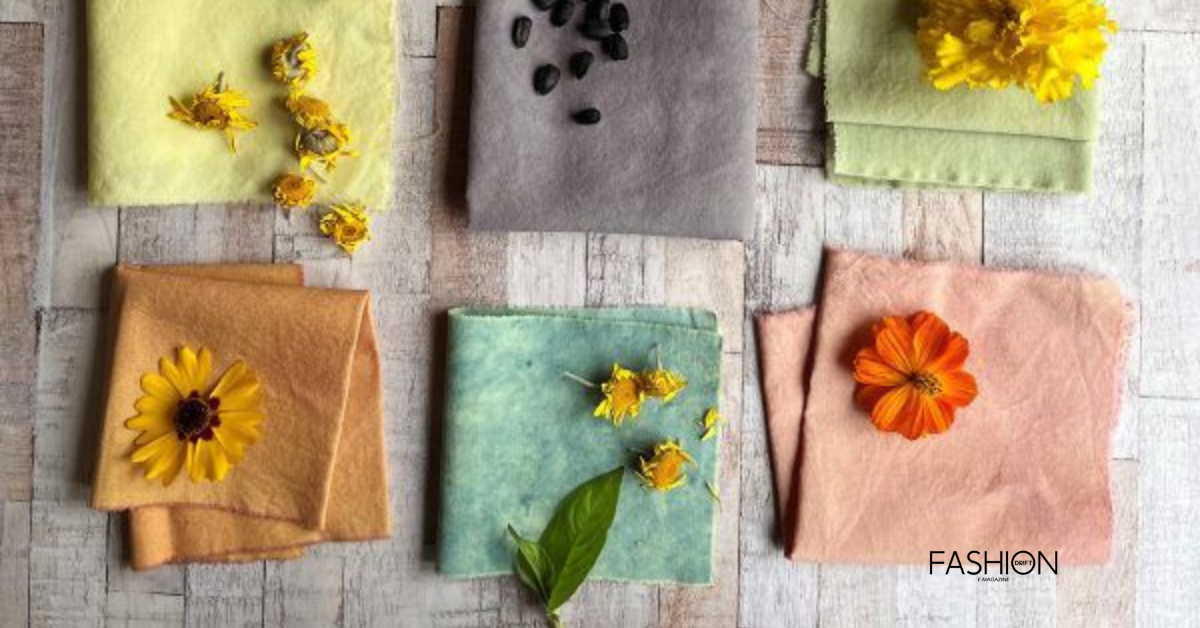
Color plays a huge role in our lives, even if we don’t always realize it. From the clothes we pick out in the morning to the way we feel when we see certain shades, colors have a strong influence on our emotions and behavior. In the world of fashion, color isn’t just about looking good; it’s about telling a story, making a statement, and setting the mood. Let’s dive into how color psychology in fashion shapes the way we dress and feel.
Color psychology is the study of how different colors affect our emotions and behaviors. When we look at a color, our brain processes it and often links it with specific feelings or thoughts. For example, red might make us feel energetic and passionate, while blue tends to bring a sense of calm and peace. Fashion experts know this, and that’s why certain outfits make us feel confident, relaxed, or even powerful.
How Colors Influence Our Perception
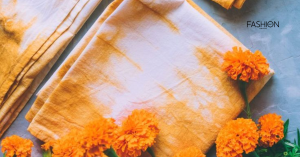
Have you ever wondered why certain colors make a person seem more approachable or serious? It’s because colors send messages. Bright and warm colors like yellow and orange can make us seem friendly and cheerful. On the other hand, darker shades like black or navy blue can give off an air of mystery or professionalism. This is why we often choose specific colors for job interviews, date nights, or even when we want to blend in.
The Science Behind Color Psychology
There’s a bit of science behind how colors impact us. When light hits an object, our eyes see different wavelengths, which we then interpret as colors. These colors affect the way our brain reacts, which can change our mood or behavior. For example, red can increase our heart rate, while green can make us feel more relaxed. That’s why colors are more than just fashion choices – they’re mood influencers.
How Color Affects Mood and Behavior
Choosing an outfit isn’t just about what looks good; it’s about how we want to feel. Bright colors like yellow can lift our spirits, while cooler tones like blue can calm us down. If you’re looking to feel more confident, wearing red can give you that extra boost. On the other hand, if you want to feel more balanced, earthy tones like green or brown might be the way to go.
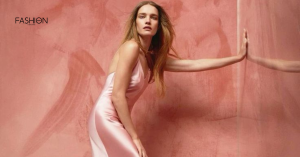
Why Colors Impact Our Outfit Choices
Our choice of color is often tied to how we want to be seen or how we’re feeling. If you’re feeling bold, you might reach for a bright red dress. If you’re having a laid-back day, soft pastels might be your pick. The key is understanding that every color tells a story, and by choosing certain shades, you’re sharing a bit of your personality with the world.
Color in fashion isn’t just about following trends; it’s a powerful tool that can change how we feel, how others see us, and how we present ourselves to the world. So, the next time you’re picking out an outfit, think about the message you want to send – because the power of color is always at work!
Color Meanings: What Your Outfit Says About You
Color plays a significant role in our lives, influencing not just what we wear but also how we feel and how others perceive us. The impact of colors on outfit choices goes beyond mere aesthetics; it reflects our personality, mood, and intentions. From the vibrant hues that spark energy to the calming tones that promote serenity, each color conveys a unique message. Let’s explore the meanings behind different colors and how they shape the impressions we leave with our outfits.
Clothing color meanings delve into the symbolism behind different hues, revealing how they can express personality and influence perception. From bold reds that signify passion to calming blues that evoke tranquility, understanding these meanings can help individuals make more intentional outfit choices.
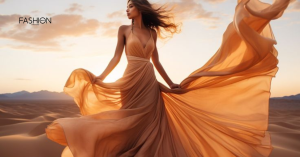
– Red: Confidence and Passion
– Evokes feelings of energy and excitement.
– Associated with love and romance.
– Often chosen for powerful statements or bold events.
– Blue: Calmness and Trust
– Represents tranquility and peace.
– Commonly linked to professionalism and reliability.
– Ideal for settings where trust and calm are needed, like job interviews.
– Yellow: Joy and Optimism
– Symbolizes happiness and sunshine.
– Bright and cheerful, it’s perfect for uplifting moods.
– Often used in casual or playful outfits.
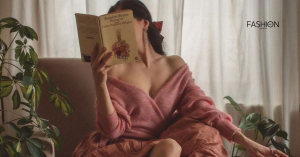
– Green: Balance and Harmony
– Represents nature and renewal.
– Evokes feelings of tranquility and balance.
– Great for casual, earthy looks or to convey a sense of well-being.
– Black: Power and Elegance
– Conveys sophistication and authority.
– Timeless and versatile, often chosen for formal events.
– Can also symbolize mystery or rebellion.
– White: Purity and Simplicity
– Associated with cleanliness and freshness.
– Ideal for creating a minimalistic and elegant look.
– Often worn during new beginnings or special occasions.
– Other Colors and Their Meanings
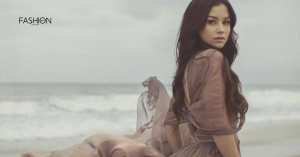
– Purple: Creativity and Luxury
– Represents ambition and imagination, often linked to royalty.
– Pink: Femininity and Compassion
– Evokes feelings of love and warmth, often seen as playful and charming.
– Orange: Enthusiasm and Adventure
– A mix of red and yellow, it signifies excitement and vibrancy.
– Brown: Stability and Reliability
– Earthy and grounded, often associated with comfort and resilience.
– Gray: Neutrality and Sophistication
– Represents balance, often used in professional settings.
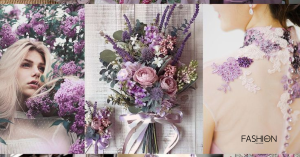
The Impact of Colors on Your Mood and Confidence
Colors aren’t just for decoration; they play a big role in how we feel and how we see ourselves. How colors affect mood and style is significant, as the shades we wear can brighten our day or make us feel down. Let’s explore how colors impact our mood and confidence, and how to choose the right colors for different occasions.
How Outfit Colors Affect Daily Mood
The colors we wear can greatly influence our feelings. For instance, bright colors like yellow can lift our spirits and make us feel happier. On the other hand, darker colors like gray might bring a more serious mood. When we choose our outfits, thinking about the colors can help set a positive tone for the day. If you want to feel energetic, go for vibrant shades. If you need calmness, softer hues like blue or green might be the best choice.
Using Color to Boost Confidence
Wearing certain colors can also boost our confidence. For example, red is often linked to feelings of power and passion, making it a great choice for presentations or interviews. If you want to feel more trustworthy, wearing blue can help you project calm and reliability. By choosing colors that make us feel good, we can walk into any room with confidence.
Choosing the Right Colors for Different Occasions
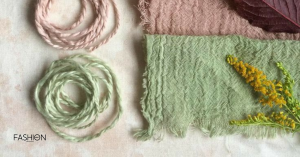
Professional Settings
In the workplace, it’s important to look polished. Neutral colors like black, navy, or gray are often seen as professional and trustworthy. Adding a pop of color, like a red tie or a blue blouse, can show personality while still keeping it formal.
Social Events
For parties or gatherings, bright and fun colors can help you feel more relaxed and sociable. Shades like pink or orange can be playful and engaging, making it easier to connect with others.
Casual Outings
On casual days, you can experiment with colors that reflect your mood. Whether it’s a soft pastel for a calm day or a bright color for a fun outing, choose what makes you feel comfortable and happy.
Special Occasions
For weddings or celebrations, many people opt for bold and festive colors. Deep shades like burgundy or elegant colors like gold can make you feel special and confident. Whatever you choose, make sure it reflects the joy of the occasion.
Colors are powerful tools that can shape our moods and boost our confidence. By understanding how different colors impact us, we can make smarter choices about what to wear for every situation.
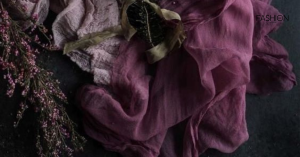
Colors and Personality Types
– How Color Preferences Reflect Your Personality
– Color choices can indicate traits (e.g., blue for tranquility, red for passion).
– Bright colors often reflect optimism, while muted tones may suggest reserve.
– Understanding these connections helps in authentic self-expression.
– Dressing According to Your Personality
– Outfits that match your personality enhance confidence.
– Adventurous individuals may prefer bold patterns; introverts might choose softer hues.
– Dressing authentically communicates your identity to the world.
Mixing and Matching Colors in Your Wardrobe
– Understanding Color Combinations
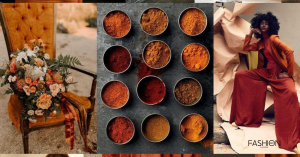
– Use the color wheel to identify complementary (opposite) and analogous (next to) colors.
– Experiment with various combinations for unique outfits.
– Tips for Creating Harmonious Outfits
– Start with a base color and build from there.
– Use accessories to add color without overwhelming the outfit.
– Choose colors based on the occasion; brighter shades for casual, subdued for professional.
Cultural Influences on Color Choices
– How Colors Are Perceived Differently Around the World
– Different cultures assign varied meanings to colors (e.g., white for purity in some, mourning in others).
– Understanding these meanings can inform respectful color choices.

– Using Colors to Respect Cultural Traditions
– Incorporate traditional colors for cultural events to show respect.
– Mindful color choices enhance cultural appreciation and connection.
Fashion Trends and Color Psychology
How Designers Use Colors in Seasonal Trends
Designers carefully choose colors to reflect the mood of each season. For example, bright and vibrant colors often appear in spring collections, symbolizing renewal and energy. In contrast, fall trends may feature warm, earthy tones that evoke comfort and coziness. By understanding these seasonal color palettes, you can stay ahead in fashion and feel connected to the current trends.
Incorporating Trendy Colors into Your Style
You don’t have to overhaul your wardrobe to embrace trendy colors. Start small by adding accessories, like scarves or bags, in the latest hues. Pair a trendy color with your favorite basics to create a fresh look. Mixing and matching can also introduce these colors into your outfits without feeling overwhelming. Remember, it’s all about experimenting and finding what makes you feel good.
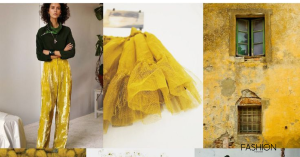
Color is a powerful tool in expressing who you are and how you feel.
Applying Color Psychology to Enhance Your Style
By understanding color psychology, you can choose outfits that align with your mood and personality. For instance, wearing blue can evoke calmness, while red might boost your confidence. Being mindful of these effects can help you curate a wardrobe that reflects your true self.
Unlocking Confidence Through Your Outfit Choices
When you wear colors that resonate with you, it can enhance your confidence and overall presence. Embrace your personal style and let colors guide you in expressing your individuality. The right colors can transform not just your outfit but also how you feel about yourself, making your fashion journey more fulfilling.
